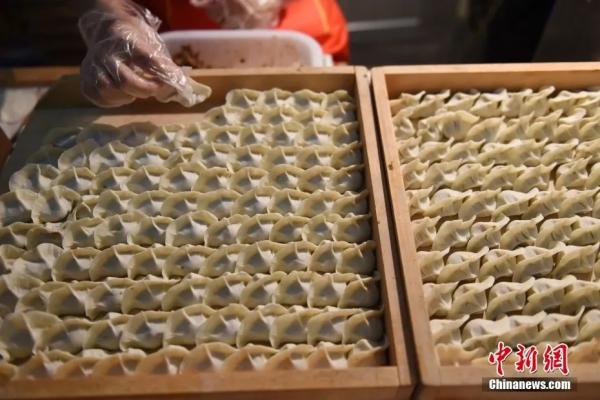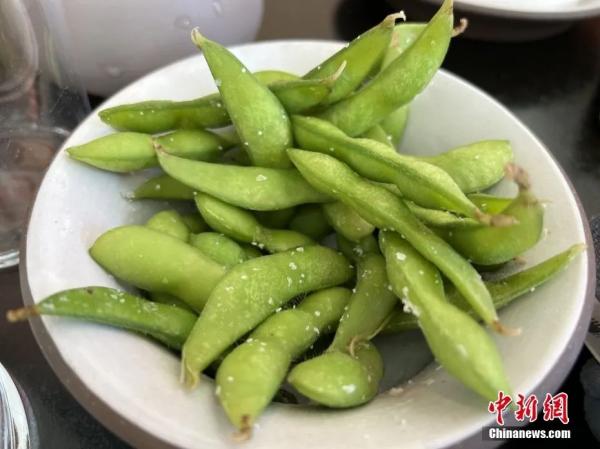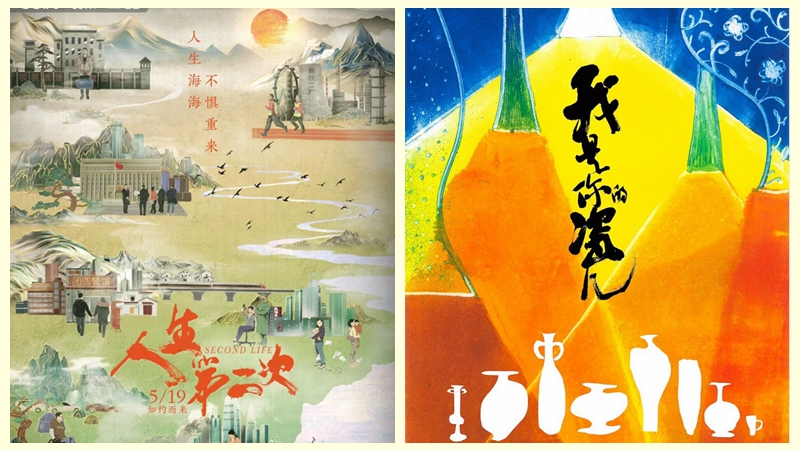Chinese cuisines continue to tantalize taste buds around the world
An increasingly wider variety of Chinese cuisines are going global in recent years, tantalizing the taste buds of the world.
Malatang, a common street food in China, is now all the rage in South Korea. Made of a spicy broth as its base together with different kinds of ingredients mixed in, it is an especially popular dish among younger people. Compared to rice cakes, a traditional South Korean snack, it offers a larger number of food varieties and is therefore healthier and more nutritionally balanced.
The popularity of this cuisine is attributable to South Korea's tradition of eating spicy food on hot days. Malatang, as a kind of spicy cuisine, is also said to help lift low spirits in difficult or challenging times.
In the neighboring country of Japan, Biangbiang noodles, which originated from northwest China's Shaanxi Province, has meanwhile appeared as a dish featured in many Chinese restaurants catering to and serving Japanese people. The noodles are thick, wide, and pulled by hand, as well as having a very chewy texture.
In 2020, the retail convenience store 7-Eleven launched a Biangbiang noodle product in some stores in Tokyo and Chiba Prefecture. At the same time, the noodles have made many recent appearances in popular TV shows. Apart from having a great taste, the noodle dish is renowned for its mysterious name. The character "biang," which does not officially exist as a character in the Chinese lexicon, is complex to write, and combines about 57 different strokes.
In the United States, Huaxi Beef Rice Noodles, a traditional snack from southwest China's Guizhou Province, has been gaining increasing popularity, despite the COVID-19 pandemic’s impacts on the local catering industry. Chen Yuzhu, who runs a Huaxi Beef Rice Noodles business, already has 13 stores, with four of them having been opened after the outbreak of COVID-19.

Photo shows a Huaxi Beef Rice Noodles restaurant owned and operated by Chen Yuzhu. (Photo courtesy of the interviewee)
Chen opened his first restaurant in Flushing, the biggest Asian neighborhood of New York City, in 2013. After making some adjustments to better suit local tastes, the dish became an instant hit with the local Chinese community. Three years later, he started his delivery service, bringing the delicious food to about a dozen states in the U.S., including Connecticut and New Jersey.
His restaurants saw a surge in sales volumes during the pandemic in 2020. "The sales volume increased about sevenfold. Some of the restaurants would sell as many as over 1,000 bowls of rice noodles a day," Chen said.
"A repeat customer at one my restaurants expressed his hope to join the business," he said.

File photo shows dumplings.
Cuisines from different parts of China, such as dumplings in the northeast style and hand-pulled noodles in the northwest style have attracted many hungry local residents in France, who previously had an appreciation for only a few different kinds of Chinese dishes, according to Yao Zhixiang, a business owner in France. Yao operates three dumpling restaurants in Paris, and most of his clients are local residents.

File photo shows edamame beans.
Spanish supermarket chain Mercadona launched two Chinese delicacies as featured products last year – namely, tofu, also known as bean curd, and edamame beans. Local media introduced the former as being high in protein and low in fat and calories, in addition to being a great option for vegetarians. Priced at just 2 euros per 200-gram box, the new product quickly flew off the supermarket shelves.
Photos
Related Stories
- Meet chef who carries on steamed pastry-making tradition in Beijing
- Chinese cuisine taking in exotic tastes
- Chinese cuisine gains popularity in Africa's online platform amid COVID-19 pandemic
- Potatoes take center stage on Chinese dining tables
- First Cantonese cuisine school established in U.S. Houston
- Made-in-China chili sauce exported to over 80 countries and regions
- China cultivates international talents in catering industry to promote Chinese cuisine
- People's Daily Comments: Silk Road recipes of Food Ranger from Canada
- Savor the bites of spring
- Taste of Chinese cuisine integrated into South American dietary culture
Copyright © 2022 People's Daily Online. All Rights Reserved.









